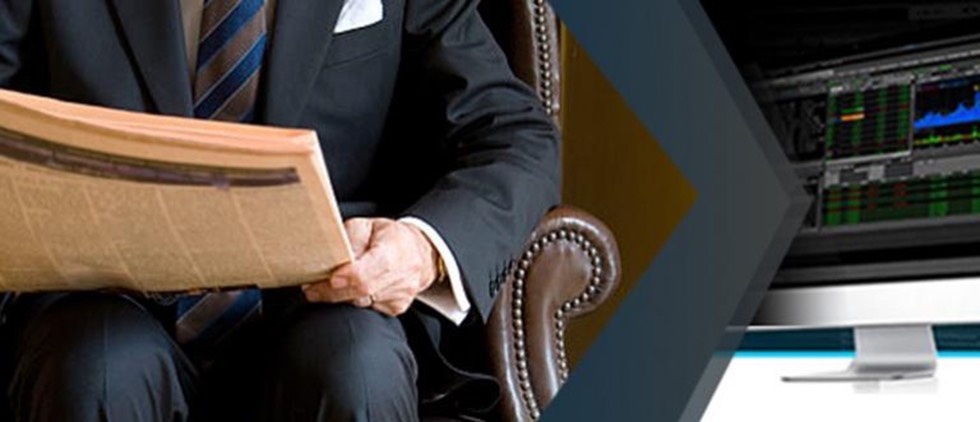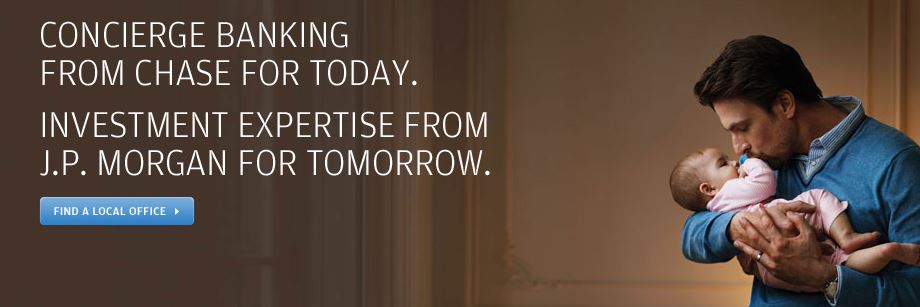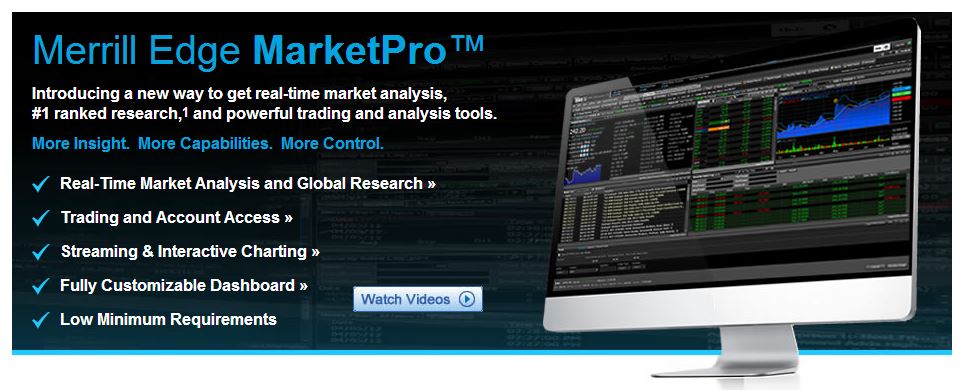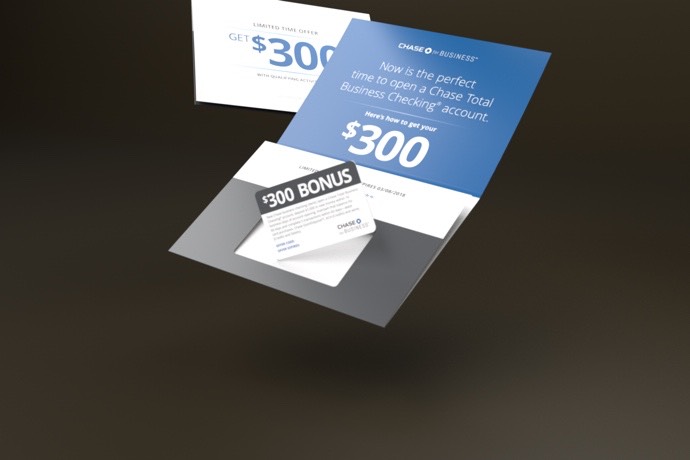5 Trends in Affluent Bank Marketing

Marketing premium products to the highly desirable, affluent audience? As you promote and sell checking accounts, savings accounts, investments, home equity loans and credit cards, you can take some lessons from affluent consumer trends and strategies/tactics from others in the industry. Based on observations of marketing communications over a recent 3-month period, here’s what experienced financial institutions are doing to target mass affluent and private bank prospects and customers:
Trending: Affluent customers don’t like fees

The more income and investable assets the audience has, the less willing they are to pay annual membership fees, ATM fees, monthly service charges and other nuisance fees. The big players have figured this out and are touting “no fees” or “waived fees:”
- Merrill Edge Investments promotes no annual account fee.
- Citi waives the $50 annual fee for Citigold customers acquiring lines of credit.
- Schwab consistently touts, “No ATM fees anywhere in the world” (via unlimited ATM fee rebates).
- Fidelity banner ads promise, “Never pay to use an ATM” (plus free checking and free savings).
- Although it’s announced standard banking fee increases, TD Bank also suggests customers switch to its “Premier Checking” product as the best way to avoid paying those fees.
Trending: I say “banking/investing;” you say “investing/banking”

Financial institutions constantly experiment with “the way in” when targeting the affluent. Sometimes the “the way in” leads with a retail bank sell; other times, an investment sell takes the lead. Ultimately, despite the flip-flop with lead, we see a common marketing challenge playing out: to better define, position and sell the fully loaded benefits of a consolidated relationship with one financial institution. The messaging observed reflects the desire to “sell in” that relationship by testing riffs on the “hook” – be it banking or investing services – laddering to a combo positioning:
- Schwab: The bank designed for investors.
- Chase: Concierge banking with JP Morgan investment.
- Citigold: Banking and wealth management built around you.
Trending: Those with money want knowledge

Most premium banking customers, even those with financial advisors at their disposal, want a degree of involvement in their financial planning and management. To make sound decisions, they need to stay current with investment strategies and insights. To that end, we see intellectual property – newsletters, whitepapers and consultations, for example – being used as “free-miums” to motivate prospects to consider new financial services providers. A notable aspect of “knowledge as free-mium” is the positioning of the perk as “for insiders only” (reserved for the affluent target):
- Merrill Edge MarketPro gives its customers access to advanced research and powerful analysis.
- Prospects can access Merrill Lynch Global Research (rated “top research firm of 2012” by Institutional Investor) when they sign on for X,Y or Z.
- Merrill Edge Investment Services direct mail pieces invite recipients into the branch for “complimentary financial consultations.”
- Citi Personal Wealth Management communicates via Citi News to push recipients to talk with financial advisors about Citigold.
- Schwab sends loyalists a monthly email newsletter with investment insights.
Trending: Big action requires big incentive
The big banks are making a play for the more affluent customer by offering attractive cash incentives for moving serious money from a current bank to Citi, Schwab, Bank of America, Chase and others. In our snail mail we found a range of incentives – $50 to $500 – lined up with the “ask:” always a large-sum transfer or deposit… upwards of $200k.
Trending: Digital control/digital simplicity
Several banks have their fingers on the pulse of the affluent prospect, evidenced by their focus on using direct mail to leverage their customers’ desire for simplicity and control on digital channels. For example, both Merrill Lynch and Bank of America promote a single log-in, while the Merrill Edge investment app and Wells Fargo Visa Signature welcome kit tout more control.
A few tricks we noticed….
Nothing new to say? When you have no “new news,” try touting future enhancements. Bank of America uses this tactic in direct mail to nurture loyalists. It alerts them to new developments to look forward to: “Coming in 2013 – with more enhancements to make investing easier.”
More than a “thanks.” Bank of America also sent premium MasterCard cardholders a year-end thanks with a choice of a Macy’s, Starbucks or Target gift card ($5). The secondary purpose of the letter – found in a subtle postscript – was cross-selling Merrill Edge to these card loyalists. This may not seem like a sweeping gesture, but considering that the vast majority of Q4 thank you communications were transparent sales pitches, we found it refreshing to see even a token tangible “thank you” paired with only a light sell.
QR codes. On printed statement inserts, Schwab provides QR codes for access to more information about its high-yield checking product. The codes look modern and play to digital channel favoritism by the affluent segment.
Rewards in aggregate. Fidelity reminds customers of the value of its cash back program by consistently boasting about the $500 million customers have earned to date.
Since marketing to the affluent audience is a hot topic on which Media Logic has considerable experience, our Financial Services Team is crafting a series of articles focused on the segment. Look for the first in our quick-hit series “Affluent Insights” to be published on our blog and in future FS Insider newsletters.








